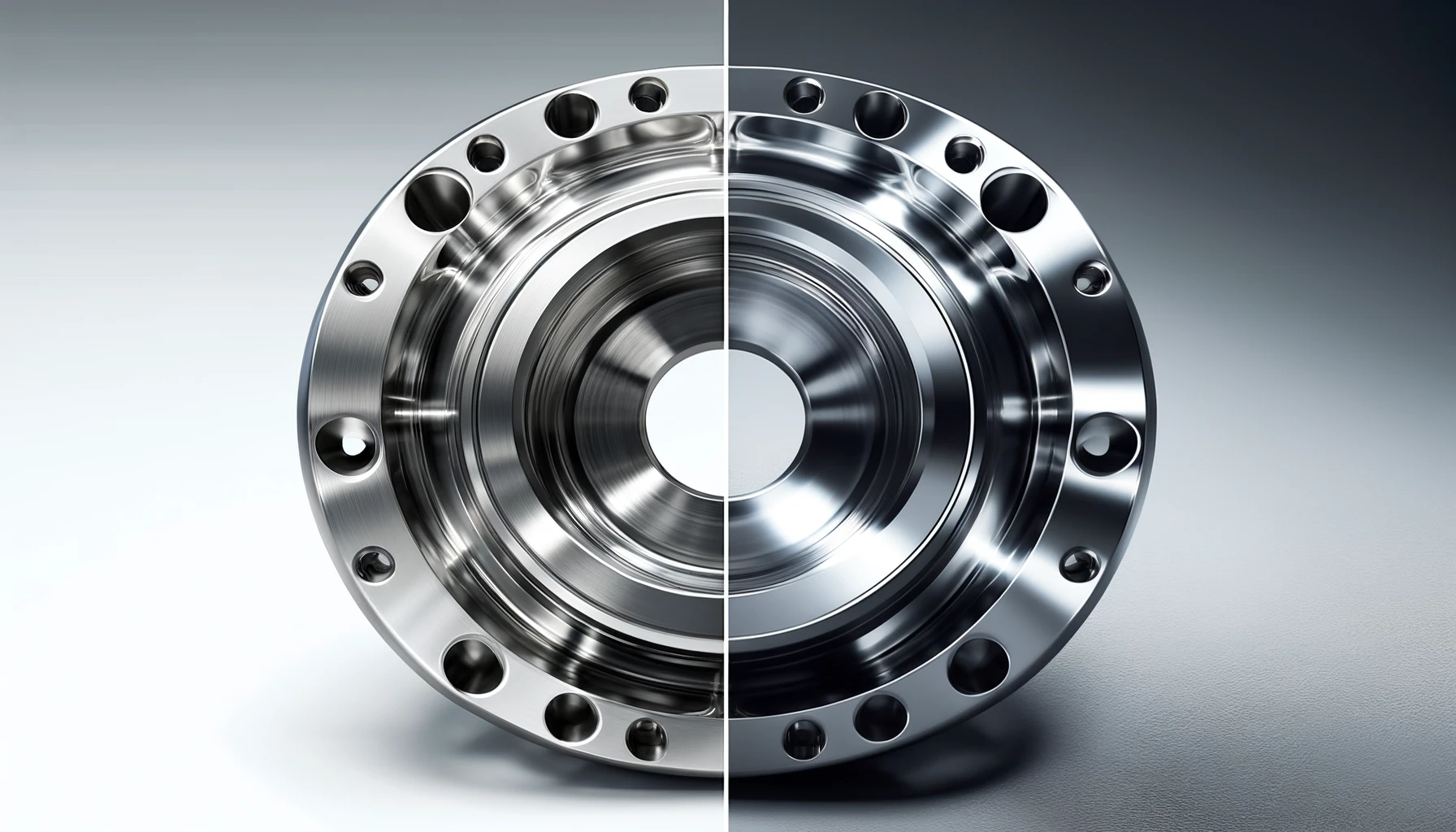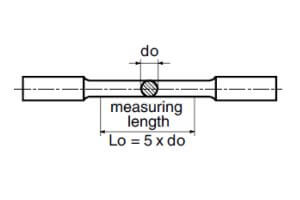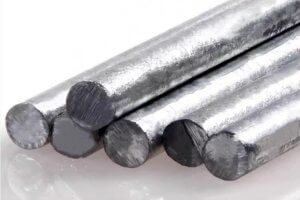The Significance of Electropolishing in Modern Manufacturing
Electropolishing stands as a pivotal process in the realm of advanced manufacturing, especially for industries that demand precision and aesthetic quality in their components. This technique, often employed post-CNC machining, not only enhances the visual appeal of stainless steel parts but also significantly boosts their performance characteristics. By refining surface finishes, electropolishing contributes to the durability, cleanliness, and corrosion resistance of parts, making it indispensable in fields ranging from biomedical devices to automotive manufacturing.
The integration of CNC machining and electropolishing opens up new possibilities for manufacturers to achieve superior quality in their products. This article explores the technical nuances of electropolishing, its impact on the properties of stainless steel, and the practical benefits it offers across various industrial applications.
What Is Electropolishing, and How Does It Work?
Electropolishing is an electrochemical process that meticulously removes material from a metal surface to improve its finish. The process involves submerging the stainless steel component, acting as an anode, into a specially formulated electrolytic solution. When an electrical current is applied, the anodic metal surface dissolves, smoothing out microscopic peaks and filling valleys.
Key Variables in Electropolishing:
- Electrolyte Composition: A mixture of acids, typically sulfuric and phosphoric, which facilitates the controlled removal of the surface layer.
- Current Density: Precisely managed to ensure uniform material dissolution.
- Electropolishing Time: Directly affects how much material is removed, impacting the smoothness and properties of the surface.
How Does Electropolishing Enhance Corrosion Resistance of Stainless Steel?
Electropolishing significantly enhances the corrosion resistance of stainless steel by improving both its chemical and physical properties. This process selectively removes a layer of material, which includes embedded impurities and contaminants that can initiate corrosion. By creating a uniform and smooth surface, electropolishing reduces the sites where corrosive reactions can initiate.
Mechanism:
- Enhanced Passivation Layer: The removal of the outer layer during electropolishing exposes a fresh metal surface rich in chromium. This newly exposed surface rapidly oxidizes in the presence of oxygen, forming a dense, protective chromium oxide layer that is highly resistant to corrosion.
- Reduced Micro-Crevices: Electropolishing smoothens the surface, eliminating micro-crevices and pits where corrosive agents could accumulate, thereby preventing pitting and crevice corrosion, common issues in untreated stainless steel.
Practical Impact:
- Longevity in Harsh Environments: Components used in marine, chemical processing, or outdoor environments benefit greatly from the enhanced corrosion resistance, leading to longer service life and reduced maintenance costs.
- Compliance with Industry Standards: Meets stringent industry-specific standards that dictate corrosion resistance, essential for applications in industries like food processing and pharmaceuticals.
What Are the Aesthetic Benefits of Electropolishing for CNC Machined Components?
Electropolishing is not only about enhancing performance but also about improving the visual appeal of stainless steel components. The process provides a bright, clean finish that is smooth to the touch and visually appealing, which is particularly important for consumer-facing products and components used in visible applications.
Aesthetic Improvements:
- Mirror-Like Finish: Electropolishing can achieve a highly reflective surface, often desired in architectural features, automotive trims, and consumer appliances.
- Color Consistency: The process can also help in achieving a uniform color and luster across multiple components, which is crucial for maintaining batch consistency in product manufacturing.
Marketability:
- Increased Consumer Appeal: Products with superior finishing are often perceived as higher quality by consumers, adding to their marketability.
- Enhanced Product Differentiation: The superior finish can serve as a point of differentiation from competitors, especially in markets where product aesthetics are a key selling point.
How Can Electropolishing Increase the Wear Resistance of Stainless Steel Parts?
By smoothing and compacting the metal’s surface, electropolishing significantly increases the wear resistance of stainless steel parts. This is crucial for components that are subject to mechanical contact or movement against other parts.
Technical Explanation:
- Reduction of Friction: A smoother surface reduces the coefficient of friction, resulting in less wear during operation.
- Elimination of Surface Defects: Removing surface defects such as machining marks and scratches reduces potential initiation points for wear and tear.
Applications:
- Automotive Components: In automotive applications where parts are subject to repetitive motion and contact, such as gears and pistons, wear resistance is critical.
- Valves and Pumps: In the oil and gas industry, components like valves and pumps benefit from increased wear resistance, ensuring reliable operation under high-pressure conditions.
What Are the Challenges Associated with Electropolishing Stainless Steel?
Addressing the technical challenges associated with electropolishing ensures that the process is both effective and efficient. This section discusses common issues and their solutions.
Challenges:
- Uniformity in Large Batches: Ensuring consistent results across large production volumes can be challenging due to variations in material properties and handling.
- Complex Geometries: Electropolishing intricate or irregularly shaped components requires precise control over electrolyte flow and electrical parameters.
Solutions:
- Process Optimization: Utilizing automated systems to regulate and monitor electropolishing parameters precisely.
- Custom Fixture Designs: Developing custom fixtures that ensure even exposure of all surfaces to the electrolyte, crucial for complex part geometries.
Case Study: The Impact of Electropolishing on the Performance of Medical Devices
This section will delve into a case study to illustrate the practical benefits of electropolishing in the highly regulated medical device industry.
Context and Challenge:
- Medical Implants: Stainless steel implants must have exceptionally smooth surfaces to minimize the risk of infection and improve biocompatibility.
- Challenge: Achieving a surface finish that meets both the biomechanical and aesthetic requirements set by medical regulations.
Solution and Outcome:
- Electropolishing Application: By applying electropolishing, the manufacturer was able to achieve a hypoallergenic surface that significantly reduced the body’s immune response.
- Result: Post-electropolishing, the implants showed a 30% reduction in adverse reactions, along with an improvement in the integration of implants with bodily tissues.
Quantitative Data:
- Before and After Analysis: Surface roughness measurements before and after electropolishing, along with patient recovery statistics and long-term follow-up results.
Other Articles You Might Enjoy
- What Material Properties Need to Be Considered When CNC Machining Stainless Steel Flanges?
The CNC machining of stainless steel flanges requires a profound understanding of the material's properties to ensure high-quality, precision outcomes. This article delves into the critical material properties that impact…
- How Can Electropolishing Improve the Surface Finish of CNC Machined Stainless Steel?
The Role of Electropolishing in Enhancing CNC Machined Surfaces Electropolishing is a critical finishing process used extensively in the fabrication of stainless steel components. This process not only enhances the…
- Types of Stainless Steel and Stainless Steel Grades
Stainless steel, renowned for its corrosion resistance, is a vital material in various industries, from construction to culinary tools. This article delves into the types of stainless steel and their…
- Stainless Steel vs. Aluminum in CNC Machining: Pros and Cons
CNC Machining: The Role of Stainless Steel and Aluminum Computer Numerical Control (CNC) machining is a groundbreaking method in manufacturing that involves precise computer commands to manipulate and control tools…
- CNC Machining Material Showdown: 304 vs. 316 Stainless Steel
CNC Machining: An Overview And Importance of Material Selection Computer Numerical Control (CNC) machining is a manufacturing process that uses pre-programmed computer software to dictate the movement of factory tools…









